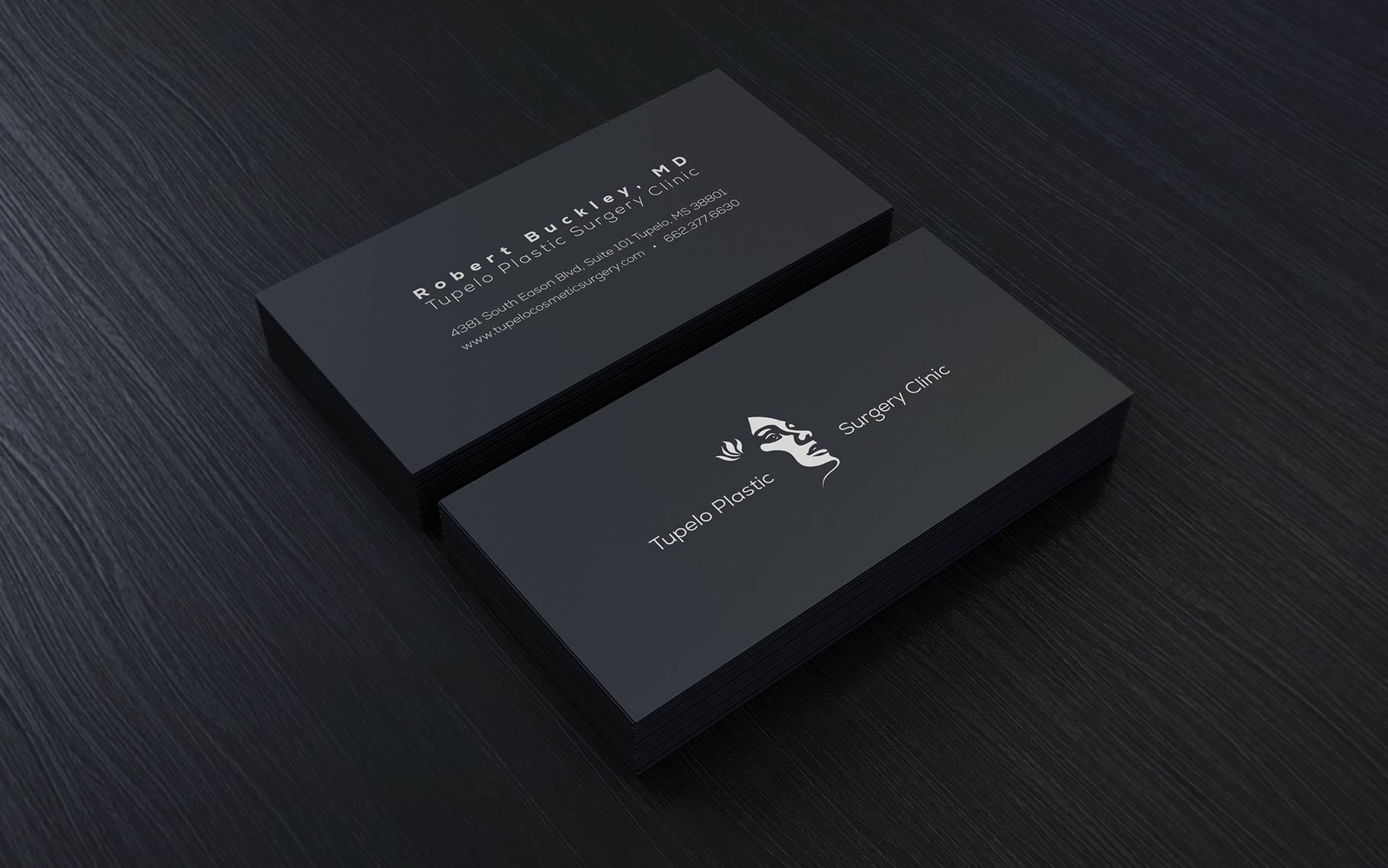The Significance of Business Cards
In the modern business landscape, where digital communication often takes precedence, the humble business card remains an essential tool for professionals. These small pieces of cardstock carry significant weight in establishing and maintaining professional relationships. A business card serves not just as a contact point but as a tangible representation of one’s brand, identity, and professionalism. When exchanged during networking events, meetings, or casual encounters, business cards provide a personal touch that digital interactions often lack. They are an invitation to connect, offering potential clients or partners a glimpse into the individual’s professional persona.
In a world inundated with emails, social media profiles, and online networking, a business card stands out as a physical reminder of a meeting or interaction. Its presence can evoke the memory of a conversation, making it more likely that the recipient will remember the individual behind the card. Thus, despite the rise of digital alternatives, business cards maintain their significance in fostering genuine connections.
Designing an Impactful Business Card
Creating an impactful business card is crucial for making a lasting impression. The design should reflect the individual’s personal brand, profession, and the industry in which they operate. Factors such as color, typography, and layout play a pivotal role in conveying the right message. For instance, a graphic designer may opt for a bold, colorful design that showcases their creativity, while a financial advisor might prefer a more conservative, sleek look to project professionalism and trustworthiness.
In addition to aesthetic considerations, the information included on the card must be clear and relevant. Essential details such as name, job title, company name, phone number, email address, and website should be easy to read. Some professionals choose to add a personal touch by incorporating a tagline that encapsulates their services or values. However, it’s essential to avoid overcrowding the card with information; simplicity is key. A well-designed business card not only looks good but also communicates the right message, inviting the recipient to reach out.
The Networking Benefits of Business Cards
Business cards serve as a powerful networking tool, offering various benefits that extend beyond mere contact information. They are a great conversation starter, providing a physical object to break the ice during introductions. When someone hands over their business card, it prompts discussion about their role, industry, or recent projects, facilitating a more meaningful exchange. This personal touch can significantly enhance the networking experience, making it easier to form connections and foster relationships.
Furthermore, business cards help maintain connections after initial meetings. When individuals leave events with a stack of cards, they have tangible reminders of the people they’ve met. This is particularly beneficial when following up after an event, as a business card can serve as a prompt to send an email or connect on social media. By referencing the card in a follow-up message, the sender can personalize their communication, increasing the likelihood of a positive response. Ultimately, business cards help individuals stay connected in a busy world, ensuring that valuable networking opportunities are not lost.
The Evolution of Business Cards in the Digital Age
While business cards have long been a staple of professional networking, their evolution in the digital age cannot be overlooked. With the advent of technology, many professionals are exploring digital business cards as an alternative to traditional cards. These digital versions can be easily shared via email, text, or QR codes, allowing for instantaneous connectivity. Additionally, they can include interactive features, such as links to social media profiles, websites, or portfolios, providing a more comprehensive overview of a professional’s work.
However, despite the rise of digital options, traditional business cards still hold their ground. The tactile nature of a physical card creates a connection that digital versions often lack. Many professionals find that having both a physical and digital business card allows them to maximize their networking efforts. By carrying a traditional card for face-to-face interactions and utilizing digital cards for online networking, individuals can adapt to various networking scenarios effectively. As technology continues to evolve, the integration of both forms of business cards can enhance a professional’s networking strategy, ensuring they stay relevant in an ever-changing landscape.
In conclusion, business cards remain a vital component of professional networking, bridging the gap between digital communication and personal connection. Their design, the benefits they provide in networking, and their evolution in the digital age are all crucial aspects that underscore their importance. By investing time and effort into creating an effective business card, professionals can enhance their networking efforts and leave a lasting impression. Whether physical or digital, the business card will continue to be an indispensable tool for fostering professional relationships.Digital Business Cards for

